What Will YOU Do with the Flavor of the Year?
The flavor? Tamarind. Originating in Madagascar, it’s a sweet-and-sour flavored fruit that about to skyrocket in popularity now that it’s been named the flavor of the year by McCormick & Company.
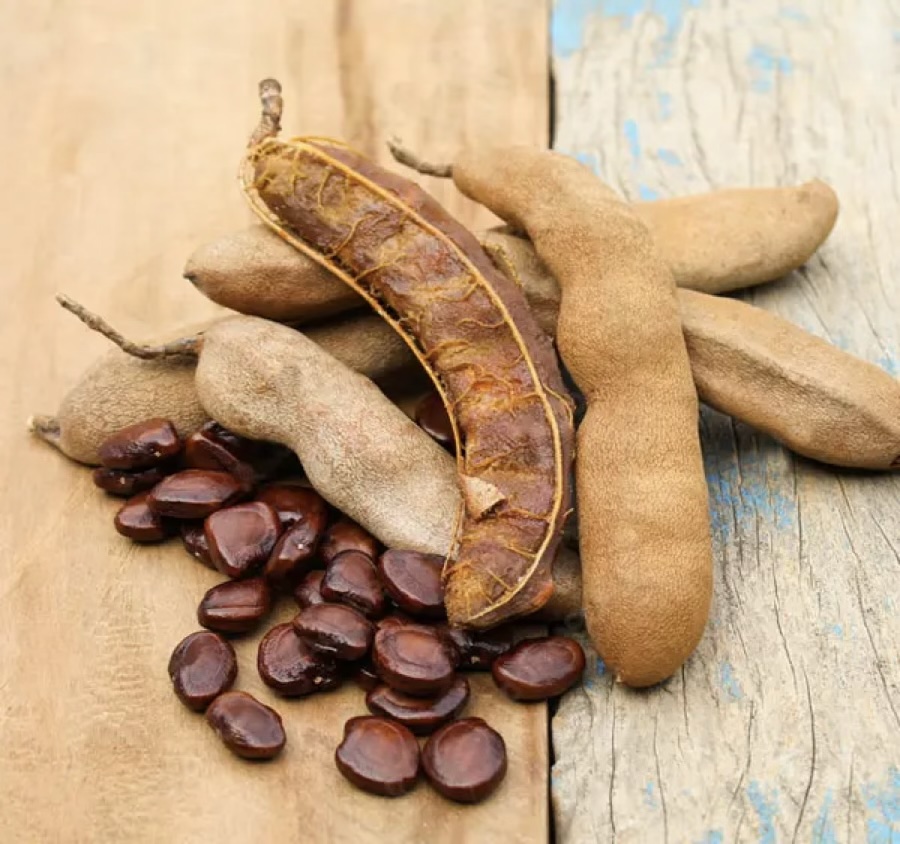
This tropical fruit has been called a “magical ingredient;” chefs says it’s much like lemon and lime and offers contrast, complexity, and brightness to sweet and savory dishes alike.
It’s grown as pods on trees and start out as a pale green color, then ripen into a reddish-brown, then a deep brown color.
Besides its unique taste, tamarind possesses considerable health benefits:
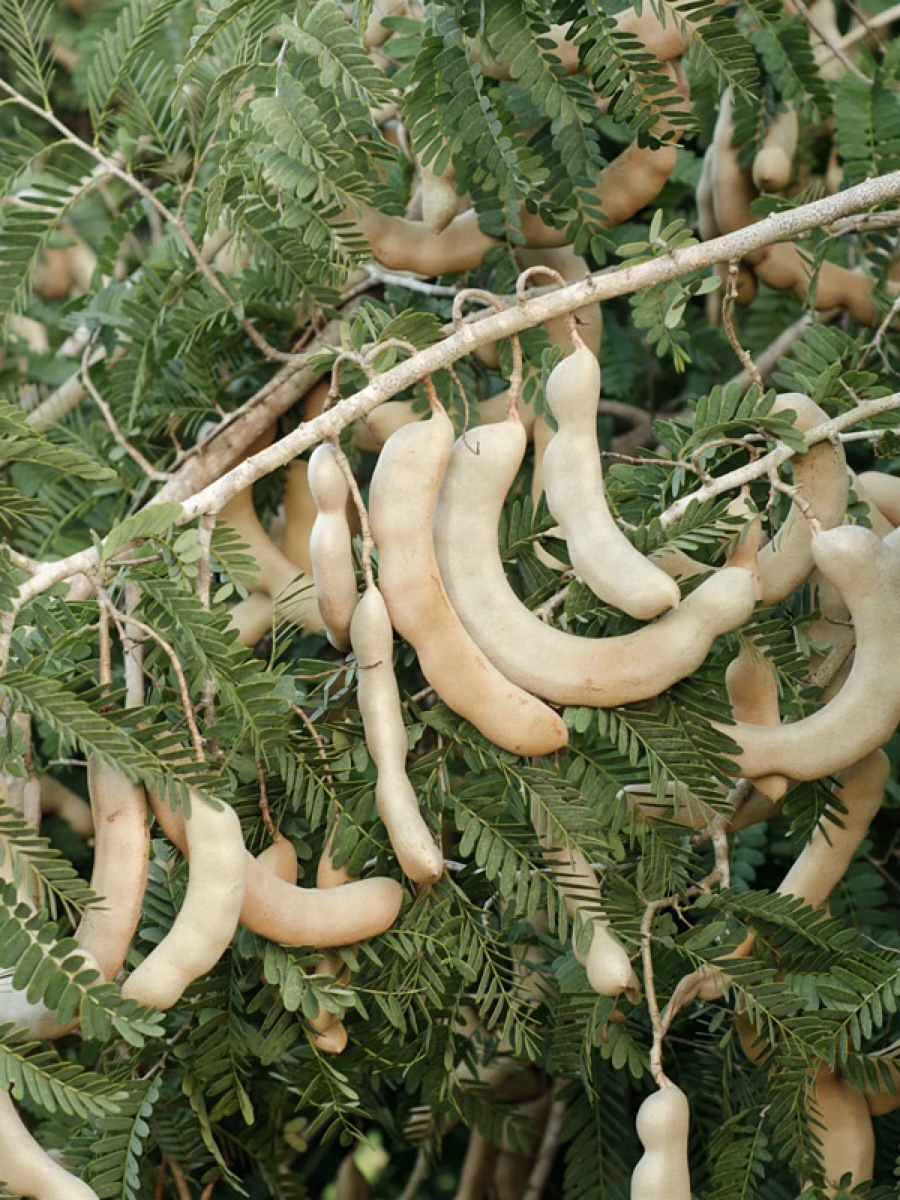
High potassium content
Abundant antioxidants (especially flavonoids) and polyphenols
High in fiber
Rich source of vitamin C
Excellent source of calcium and magnesium
Blood sugar regulator
All benefits considered, there are a few side effects to consider, making it important to practice moderation when using.

Eating too much can cause diarrhea or stomach discomfort due to its laxative properties.
Because it’s acidic, tamarind can potentially trigger acid reflux.
Its acidity content can erode tooth enamel, so it's important to brush teeth thoroughly after consumption.
Research shows it has potential to interact with certain medications, so it's important to consult with a doctor before consuming it if you are taking any medication.
Tamarind comes in various forms, shelf-stable and refrigerated or frozen, in Asian markets or online. Here's what you'll find and how to use it.
PODS. Their flavor profile is determined according to their stage of harvest. Sour tamarind, or green, unripe tamarind, is the most tart and acidic. Ripe tamarind is brown, with a pleasantly strong sour taste. Sweet tamarind can be eaten straight from the pod.
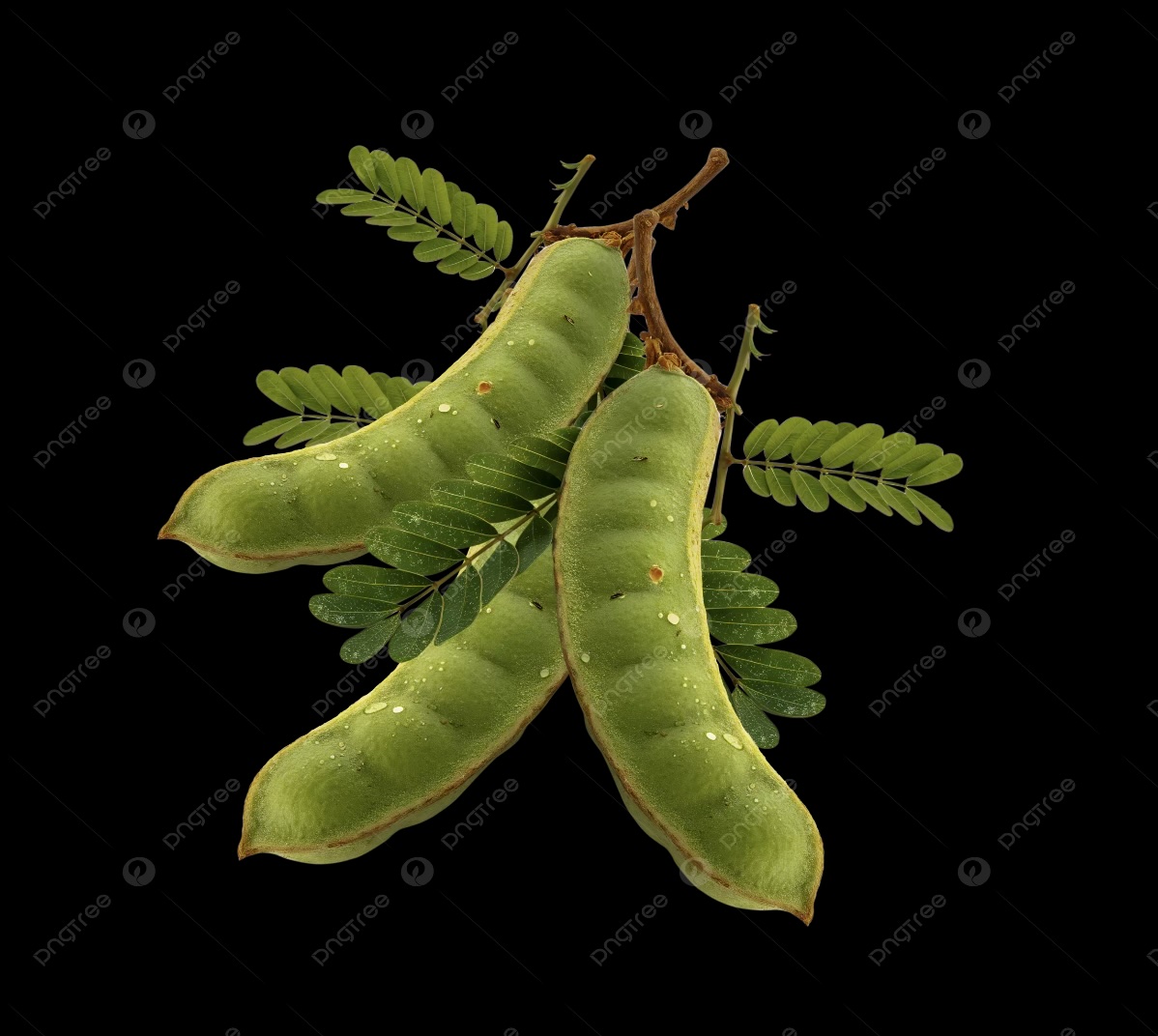
DRIED PULP. This is sold in bricks that contain the membrane and seeds from tamarind pods. Once tamarind pulp has come into contact with air, it oxidizes, which is why these blocks are often medium to deep brown, or even black, in color.
PASTE. This is seedless, made from the flesh of tamarind that has been diluted with water, making it easy to integrate into recipes. Good-quality pastes should only contain tamarind, water, and (sometimes) a preservative, but no artificial sweeteners or corn syrup. (Somboon® tamarind paste, which comes in bricks, has consistently high ratings from taste testers.)
CONCENTRATE. This is black, has a molasses-like consistency, and has an intense flavor. A brand testers applaud is Tamican®.
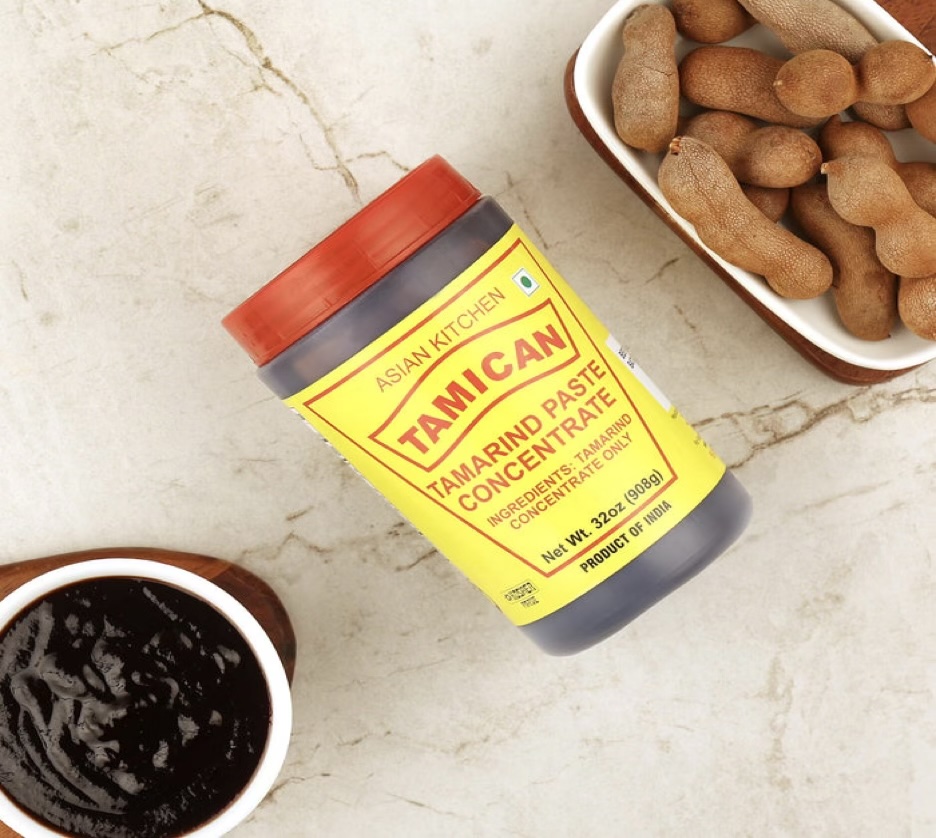
FROZEN. This comes unsweetened, has a weaker potency.
POWDER. It’s made from dehydrated and ground tamarind. This pungent, highly concentrated form is used to flavor candies, drinks, and sauces where a recipe calls for it. However, it can’t be substituted for paste, concentrate, pods, or pulp.
Intrigued? If so, what will YOU do with this new flavor of the year? A good place to start might be on this chicken recipe from www.foodandwine.com, that is consistently getting 5 stars.
Tamarind Chicken
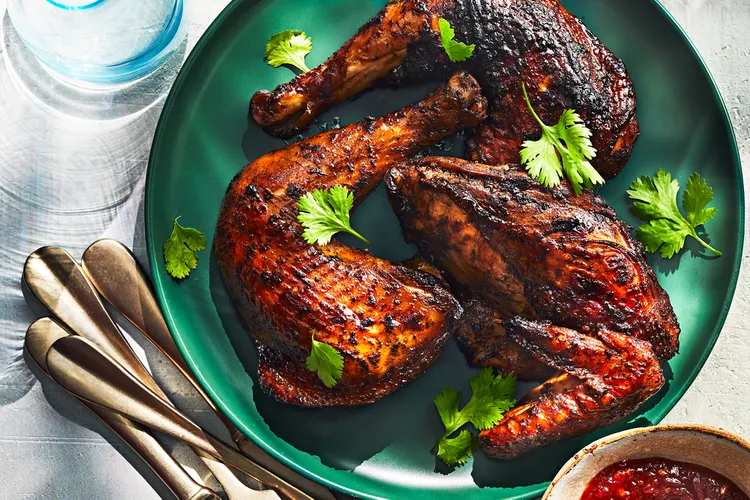
1 3 to 3 1/2 pound whole chicken
1/2 cup packed fresh cilantro finely chopped, plus more for garnish
1/4 cup extra virgin olive oil
1/4 cup tamarind concentrate (such as TamicanÆ)
2 tablespoons jarred chipotle chili paste (such as Gran LuchitoÆ)
1 tablespoon plus 2 teaspoons paprika
2 1/2 teaspoons fine sea salt
2 cloves (medium) garlic grated (about 1 teaspoon)
1/2 teaspoon black pepper
Directions:
1. Place chicken on a cutting board, and pat dry. Using kitchen shears, cut on either side of backbone to remove; reserve backbone for another use, if desired. Using a sharp chef's knife, cut through breastbone to separate chicken into halves. Cut each half to separate into 2 pieces, leaving thigh and drumstick attached and breast and wing attached. Set chicken pieces aside.
2. Stir together cilantro, oil, tamarind, chipotle paste, paprika, salt, garlic, and black pepper in a large bowl. Add chicken pieces, and toss to coat, massaging tamarind mixture into skin. Let marinate 5 minutes, or cover and refrigerate up to overnight (about 12 hours).
3. Open bottom vent of a charcoal grill completely. Light charcoal chimney starter filled with briquettes. When briquettes are covered with gray ash, pour them onto bottom grate of grill. Adjust vents as needed to maintain an internal temperature of 350∞F to 400∞F. (If using a gas grill, preheat to medium [350∞F to 400∞F].) Coat top grate with oil; place on grill. Transfer chicken pieces to a baking sheet lined with aluminum foil. Brush remaining tamarind mixture in bowl onto chicken skin. Using tongs, place chicken pieces, skin side down, on oiled grates.
4. Cover and grill, flipping chicken every 5 minutes, until a thermometer inserted in thickest portion of meat registers 155∞F, 35 to 45 minutes.
5. Transfer chicken to a large plate or clean baking sheet. Let rest 10 minutes. (Internal temperature will continue to rise to 165∞F as chicken rests.) Transfer to a platter. Garnish with additional cilantro.
2. Stir together cilantro, oil, tamarind, chipotle paste, paprika, salt, garlic, and black pepper in a large bowl. Add chicken pieces, and toss to coat, massaging tamarind mixture into skin. Let marinate 5 minutes, or cover and refrigerate up to overnight (about 12 hours).
3. Open bottom vent of a charcoal grill completely. Light charcoal chimney starter filled with briquettes. When briquettes are covered with gray ash, pour them onto bottom grate of grill. Adjust vents as needed to maintain an internal temperature of 350∞F to 400∞F. (If using a gas grill, preheat to medium [350∞F to 400∞F].) Coat top grate with oil; place on grill. Transfer chicken pieces to a baking sheet lined with aluminum foil. Brush remaining tamarind mixture in bowl onto chicken skin. Using tongs, place chicken pieces, skin side down, on oiled grates.
4. Cover and grill, flipping chicken every 5 minutes, until a thermometer inserted in thickest portion of meat registers 155∞F, 35 to 45 minutes.
5. Transfer chicken to a large plate or clean baking sheet. Let rest 10 minutes. (Internal temperature will continue to rise to 165∞F as chicken rests.) Transfer to a platter. Garnish with additional cilantro.
Recipe formatted with the Cook'n Recipe Software from DVO Enterprises.
 Alice Osborne
Alice Osborne
DVO Newsletter Contributor since 2006
Email the author! alice@dvo.com
Sources:
- www.astromantra.com
- www.urbantropicals.com
- www.wikipedia.com
- www.pngtree.com
- www.ranibrand.com
- www.foodandwine.com
